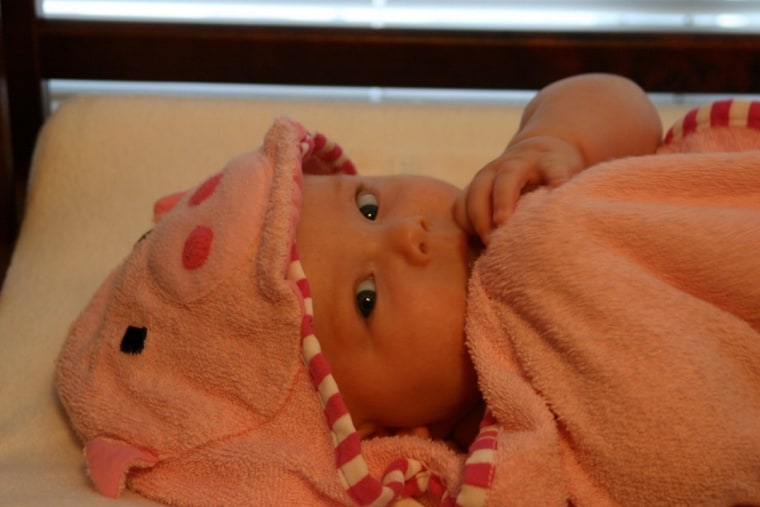Have you ever noticed that some of life’s greatest photographic moments happen in low-light environments? Among my own: My parents’ 40th wedding anniversary party, the kids blowing out the candles on their birthday cakes — even everyday shots taken indoors on a rainy day.
I could use a flash, but I’d be trading in detail for ambiance and that’s not a compromise I want or need to make. There are other easy photographic tricks that can dispatch those dark, blurry images in favor of ones that truly capture the moment. And if you’re in the market for a new camera, there are models that are especially suited to low-light photography.
Enhance your camera’s ability to see in low light. Your camera’s ability to see in low light, or sensitivity to light, is adjustable through the ISO setting. The higher the ISO, the higher the sensitivity, which means you can shoot in darker places or take photos faster, which reduces the blur caused when your hand shakes the camera or your subject moves.
Raising the ISO to 400 is usually fine. As you increase the ISO further, you’ll start to see digital artifacts, or noise in your images. It’s easiest to spot in places that should be a solid color and are instead speckled with multi-colored dots. To find your camera’s top useful ISO setting, take a series of shots at all the ISO settings to see where noise starts to creep in.
When a flash is necessary, use it sparingly. Sometimes using your camera’s flash means the difference between getting the shot and missing it entirely. If you find yourself in that situation, you’ll want to minimize the flash’s harsh glare.
For point-and-shoot cameras, you’ll want to stand several feet away from your subject — close enough so the flash still illuminates the area, but far enough away so that the glare is minimized.
For interchangeable lens cameras with a pop-up flash, including digital SLRs, try the Lightscoop ($29.94). It has a mirror built-in that defects the light up, so it can bounce off the ceiling before it hits your subject.
Use a tripod. Since one of the big issues with low-light shots is the blur that occurs when your hand shakes the camera, you can take that variable out of the equation. That way you can lengthen your cameras shutter speed, letting more light reach your camera’s sensor.
Get a camera with a fast lens. Some camera’s lenses let more light in than others, making them faster at acquiring images and especially suited to low-light photography. The way you can tell how fast a camera’s lens is by checking for its maximum aperture, the number after the “f/” in the specs — the lower the number, the faster the lens.
A lens rated at f/2.8 is considered to be pretty fast, but a couple cameras that are just coming to market now are even faster. The Canon PowerShot G12 ($499) and Panasonic Lumix LX5 ($499)have f/2.0 lenses and the Nikon Coolpix P300 ($329) and Olympus XZ-1 ($499) have f/1.8 lenses.
More stories from Techlicious:
Meet Suzanne on Facebook or get her daily Techlicious Newsletter.
